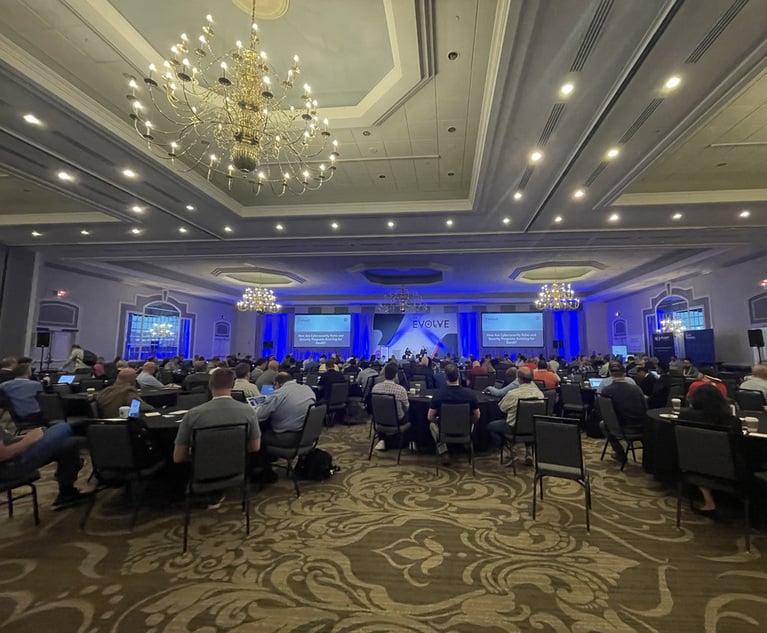 Billing and the insurance customerexperience have become a priority because customers' increasinglysophisticated expectations just can't wait. (Photo:iStock)
Billing and the insurance customerexperience have become a priority because customers' increasinglysophisticated expectations just can't wait. (Photo:iStock)
Billing has always been a crucial part of the customerexperience. In fact, billing self service was one of the firstimplementation points for Interactive VoiceResponse (IVR), then web, and now mobile technology. Itmakes sense given how frequently a bill prompts customers toconsider, if only for a moment, the value of their relationshipwith a product as well as its cost.
|When it comes to insurers, however, their ability to keep pacewith state-of-the-art technologies has suffered. Generallyspeaking, there are two main reasons why:
- Siloed legacy systems; and
- Insurers' history of being product-centric, which stands instark contrast to today's customer-first imperative.
Now, two decades since the founding of PayPal, and several yearsinto the customer-first revolution, insurers are yetagain revamping their billing systems with new capabilities thatmake it easier to do business with them online, anywhere, andanytime customers want.
|Billing and the customer experience have become a prioritybecause customers' increasingly sophisticated expectations justcan't wait. And it has become possible because modernapplication programming interfaces (APIs) solveinsurers' systems integration dilemmas through openness andlow-code configurability, and thus ease customers' frustration.
|Here's a look at connectivity and configurability, and whytheir absence is prompting some insurers to replacebilling and other core systems that are just a few years old.
|APIs: Delivering on customers' changing expectations
Because of their openness and configurability, new insurancebilling systems, and especially those deployed in the cloud, canoffer the capabilities consumers have come to expect from all oftheir online shopping experiences, such as:
- Real-time access to their billing and account information;
- The multitude of self-service options through the channel oftheir choosing;
- The opportunity to select from a growing variety of paymentmethods and services; and
- The ability to view and manage all of their policies andservices across multiple lines of business in one place
Configurations for different user types
There are many different types of internal and external customers(insureds, customer service representatives, agents, brokers,adjusters, etc.). While they need largely similar data, they needit for different purposes and have different workflows. To addressthe needs of these different users, insurers are turning to digitalexperience platforms.
|Digital experience platforms (DXPs) let youconfigure user interfaces designed to support the specific needs ofthese various types of users. Then, the DXP connects to the corebilling system through the right set of APIs so they can view,enter, or edit as appropriate. That eliminates the need for customcode in the core billing system. As a result, the combination ofDXPs and APIs reduces implementation efforts and time-to-value,while simplifying maintenance and upgrades.
|Evolving payment options
Credit cards were just the beginning. Insurers need to continueadapting to a rapidly changing ecosystem that includes paymentsolutions like PayPal, Zelle, Venmo and others. While that soundssimple enough, consider that those services are available throughvarious browsers, on PCs and Macs, and through apps for Android andiPhone.
|Of course, there are multiple versions to consider, and also theoperating systems. Web-based personal financial managementservices, like Mint, and digital currencies like Bitcoin and Ethersoon could enter the mainstream.
|What makes the connectivity between those payment methods andthe billing system secure and doable? A library of robust APIs.
|Supporting diverse ecosystems
For a hundred reasons, it's not uncommon for insurers to own andmaintain several policy administration systems.It's also not unusual for those several PAS to feed a singlebilling system. That's ideal from a maintenance and trainingperspective and can make for a better and more consistent customerexperience. It also can be a real challenge from an integrationstandpoint, unless the billing system can, again, expose theappropriate APIs, which eliminates the need for custom code toconnect the billing system to the policy system.
|This goes for integrations with InsurTechs, partners, anddistribution channels, as well. Insurers partner with them becausethey offer valuable experiences and products. But to leverage thosecapabilities, insurers frequently will need to integrate them withtheir core tech systems in order to make them scalable, and ofcourse, create bills and collect customer payments.
|What's next?
Not long ago, the idea that customers could service their ownaccounts with a smartphone — rather than over the phonethrough a CSR or even by mail — seemed like a moonshot toinsurers anchored to legacy systems. Sadly, even some newersolutions lack the openness and connectivity — the APIs— necessary to offer the conveniences customers have cometo expect from other shopping experiences.
|Now, as in the past, the challenge is the billing system itself.It's not a lack of vision or desire on the part of business or IT.But insurers have a responsibility to their customers andstakeholders to keep pace with the consumer expectations and offercomplete and contemporary customer experiences. And, finally, thetechnology is available for insurers to make that real.
|Rita Iorfida ([email protected]) is vice president of ProductStrategy — Financials at EIS Group. She has more than 30 years ofexperience in the software industry, spanning full productlifecycle; customer and professional services; businessdevelopment, and product management. For the past decade, she hasprovided insurance software solutions for personal, commercial, andbenefits insurance markets, with a concentration on billing,commissions, and financial systems.
|These opinions are the author's own.
|Related:
Want to continue reading?
Become a Free PropertyCasualty360 Digital Reader
Your access to unlimited PropertyCasualty360 content isn’t changing.
Once you are an ALM digital member, you’ll receive:
- All PropertyCasualty360.com news coverage, best practices, and in-depth analysis.
- Educational webcasts, resources from industry leaders, and informative newsletters.
- Other award-winning websites including BenefitsPRO.com and ThinkAdvisor.com.
Already have an account? Sign In
© 2024 ALM Global, LLC, All Rights Reserved. Request academic re-use from www.copyright.com. All other uses, submit a request to [email protected]. For more information visit Asset & Logo Licensing.








